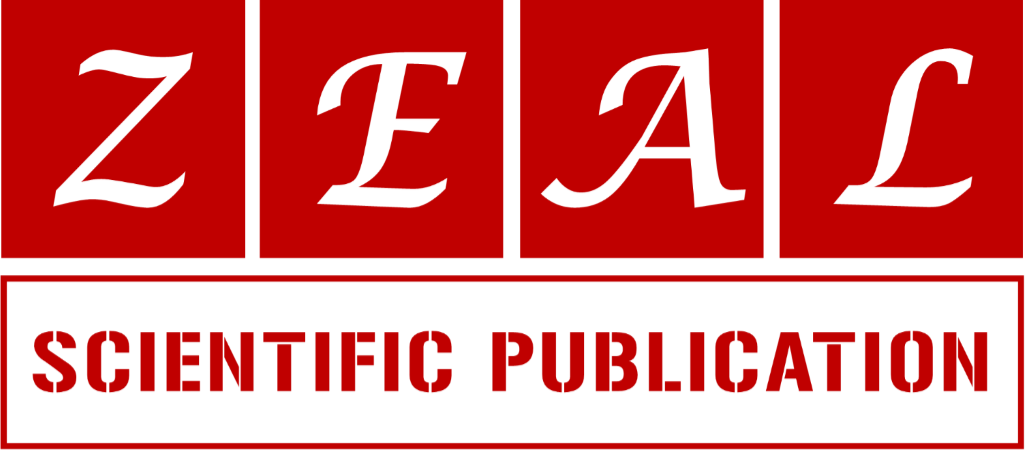Application of the novel environment-cleaned light-emitting diode devices in various test fields
1 Department of Pet Healthcare, College of Medical Technology and Nursing, Yuanpei University of Medical Technology, Xiangshan, Hsinchu 300, Taiwan.
2 Division of Animal Industry, Animal Technology Research Center, Agricultural Technology Research Institute, Xiangshan, Hsinchu 300, Taiwan.
3 Graduate Institute of Metabolism and Obesity Sciences, College of Nutrition, Taipei Medical University, Taipei 110, Taiwan.
4 Department of Biotechnology and Bioindustry Sciences, College of Bioscience and Biotechnology, National Cheng Kung University, Tainan 701, Taiwan.
5 Department of Science and Technology, Council of Agriculture, Executive Yuan, Taipei 100, Taiwan.
6 Department of Nursing, Yuanpei University of Medical Technology, Hsinchu 300, Taiwan.
# Contributed equally to this work.
Research Article
World Journal of Advanced Science and Technology, 2022, 01(02), 020–032.
Article DOI: 10.53346/wjast.2022.1.2.0031
Publication history:
Received on 30 April 2022; revised on 04 June 2022; accepted on 06 June 2022
Abstract:
Faced with the impact of extreme climate, countries have proposed carbon dioxide emission reductions, hoping to achieve carbon neutrality by 2050, and Taiwan’s industries must also face the transformation of low-carbon green energy. Light-emitting diode (LED) is a cost effective semiconductor device that produces light within a narrow bandwidth of wavelength through electroluminescence. Recently, LED technology has attention to apply in the area of food production, preservation, and safety. At present, some researches have been demonstrated that the antimicrobial LED visible light is less anti-microbial efficacy than ultraviolet (UV) light. However, the antimicrobial LED visible light has been recognized as an alternative technology to UV light since it is an environmentally friendly and safe technology for human and animals. For this reason, LED technology has recently received attention for applying in many test fields as laboratory, pig farms, computer, bio-medical industries etc. In this study, this novel clean and disinfect tool-novel environment-cleaned LED devices were tested in the various fields and obtained the positive results as the application of novel environment-cleaned LED devices on anti-fungal efficacy, and ethylene, PM2.5, and harmful gas degradations in laboratory, anti-bacterial and virus efficacy in laboratory and/or pig farms, anti-microbial notebook panel development, and anti-colorectal cancer in vitro. In the future, we wish this novel environment-cleaned LED devices will friendly used in human and animal environments to decrease the harmful matters in the environments.
Keywords:
Antimicrobial Efficacy; Atmospheric Fine Particulate Matter; Degradation; Harmful Gas; Fields; Light-Emitting Diode
Full text article in PDF:
Copyright information:
Copyright © 2022 Author(s) retain the copyright of this article. This article is published under the terms of the Creative Commons Attribution Liscense 4.0
